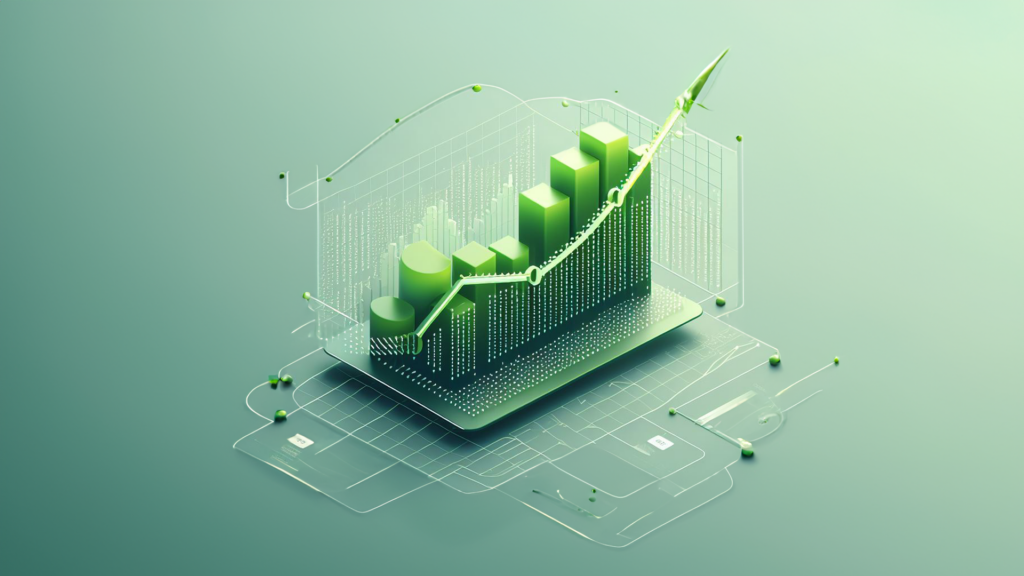
For years, the collections industry has struggled to earn respect. Many shy away from it because they don’t want to be seen as harassing others for a living. It’s often referred to as “the dark side” of lending, known for its disorganisation, lack of transparency, and high-stress environment. Despite its flaws, it plays a crucial role in enabling lending.
While every other team in a lending organisation such as loan origination, risk, finance, operations and so on are looked at as “value-add” teams. Collections are still looked at as a less favourable part of the business.
Well, technology is here to change this perception. As demand for credit is projected to grow 3x, being ready to handle that level of scale and addressing prevailing problems can only be solved with technology. Becoming tech-first to achieve collection outcomes while being compliant will be the way forward.
Now that we know technology’s potential, let’s explore three key technology trends that can shape the future of debt collections.
1. Automation of Existing Processes
Automation is not merely a convenience but a strategic necessity in an industry where operational efficiency impacts the bottomline. Here’s how automation is set to transform debt collections:
- Eliminating the obvious gaps: Automation streamlines the entire debt collection process, from borrower communication (such as reminders, follow-ups and nudges), payment processing, generating reports, sharing data, managing documentation, SOPs and so on, will all be automated. Automation of menial, redundant and dependency-based activities will free up time for collection teams to focus on outcomes that will result in higher ROI for the organisation.
- Bot Assistants man the front line: AI-powered bots across communication channels will become the front-line representatives that drive collections and answer any queries. Collection agents will be deployed only where human intervention is needed – for example, resolving late stage delinquencies and dealing with exceptional situations. . Consumers will be able to resolve their collection queries and pay their EMIs 24/7.
2. AI and Behavioural Science will drive higher Collections Efficiency
Data forms the foundation of intelligence, but the real innovation lies in how we harness it to make a meaningful impact. Artificial intelligence will assist us in delving deep into borrower insights, improving decision-making, and optimising collections strategies for maximum effectiveness.
- Predictive Analytics: Will enable assessment of debtor behaviour to identify context-relevant insights. Predictive models can determine the likelihood of repayment, enabling collectors to prioritise accounts with the highest potential for recovery.
- Machine Learning: Understanding borrowers as people is essential to identify the right treatment for each person. Fusing behavioural science theories with real-world learnings of how each borrower behaves, will pave the way for understanding and profiling borrowers at scale.
- Artificial Intelligence: Will leverage data analytics and machine learning to gain a deep understanding of borrower behaviour, payment patterns, and risk factors. By analysing vast datasets, LLM models will be able to understand the borrower’s context and suggest the Next Best Action.
- Hyper-Personalization: Debt collection will no longer be a “one-size-fits-all” or even segment based. By combining the power of data, predictive analytics, machine learning and artificial intelligence models, AI assistants will be able to talk and collect debt from any borrower. From increasing revenue by more than 20% in eCommerce to enabling superior banking experiences and driving more disbursals – this for sure is the future.
3. Compliance and Risk Mitigation at Scale
Compliance has been a long-standing concern in debt collections, given the intricate web of laws and regulations. Today, solutions are being designed with built-in compliance to prevent borrower harassment and frauds, thereby reducing the risk of expensive legal violations and diminished brand value. Understanding the bounds of the law to manage risks effectively is crucial for the industry’s reputation and success:
- Dynamically Adapt to Regulatory Compliance: Software will ensure you are always ready to adapt to changing regulations. Systems will be built in such a way where introducing new compliance practices will be as simple as enabling a feature, configuring rules or changing certain strategies on the software.
- Real-time Monitoring: It will be possible to monitor all collection activities in real-time to prevent harassment and any such compliance violations in real-time. This will enable organisations to maintain transparency and demonstrate compliance to regulatory authorities.
The question we’re all afraid to answer: Will we lose our jobs to AI?
Yes and No. AI will automate a lot of the things you do but it mostly will impact the chores that are repetitive in nature and require very less thinking. Multiple industry reports suggest that banking will be most impacted by this technological shift – it will free up to 54% of the time for the entire banking industry’s workforce across the world! That’s right, sounds scary right?
Let’s look at the bright side, this will free us up to work on things that truly matter – to solve larger challenges your team and the organisation face. What’s coming is inevitable, it will all come down to – how we leverage AI and automation to make our lives easier, infuse them into our processes, work side by side with AI and ultimately use it to achieve better and larger outcomes. “A second brain” definitely sounds like a gift indeed.
What lies ahead
While we spend time automating collection processes today, we must also prepare for the future. A necessity for leaders to pave the path ahead. Financial institutions that embrace these technological trends will achieve better collection outcomes while improving the overall experience for both creditors and debtors.
We’ll soon do a deep-dive into what DPDzero is building to enable the lending growth curve. If that sounds interesting, follow us on LinkedIn to stay tuned.